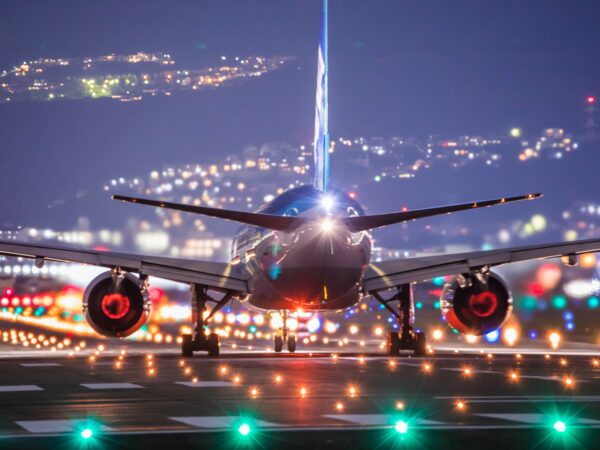Transport
Aviation accounts for 2-3% of all global CO2 emissions and is the fastest-growing emitter in the transport sector. When also taking into consideration aviation's non-CO2 effects, the industry accounts for 3.5% of global effective radiative forcing (i.e. 3.5% of global warming) with the largest contributor to its warming effect being contrails, the condensation trails sometimes left by flying planes.
Some of the key challenges include international flights, which make up more than 50% of the sector's emissions. Even though 2/3 of flight departures are domestic, these pose unique regulatory challenges. Finally, planes built today will remain in service for the next 25 years and entry into service of electric or hydrogen aircraft is not expected before the second half of this decade.
To help the industry overcome its reliance on conventional jet fuel, both alternative fuels and revolutionary aircraft designs are necessary. Additionally, to further help minimize the sector's warming impact on the planet, technological innovation should extend beyond the aircraft itself to encompass airport operations as well as flight path optimization and rerouting for contrail avoidance.
Therefore, to be able to fly more sustainably, we require a holistic transformation of the sector, including more ambitious national, regional, and international policies, that take into account both CO2 and non-CO2 effects.
The Basics & The Gaps Aviation





